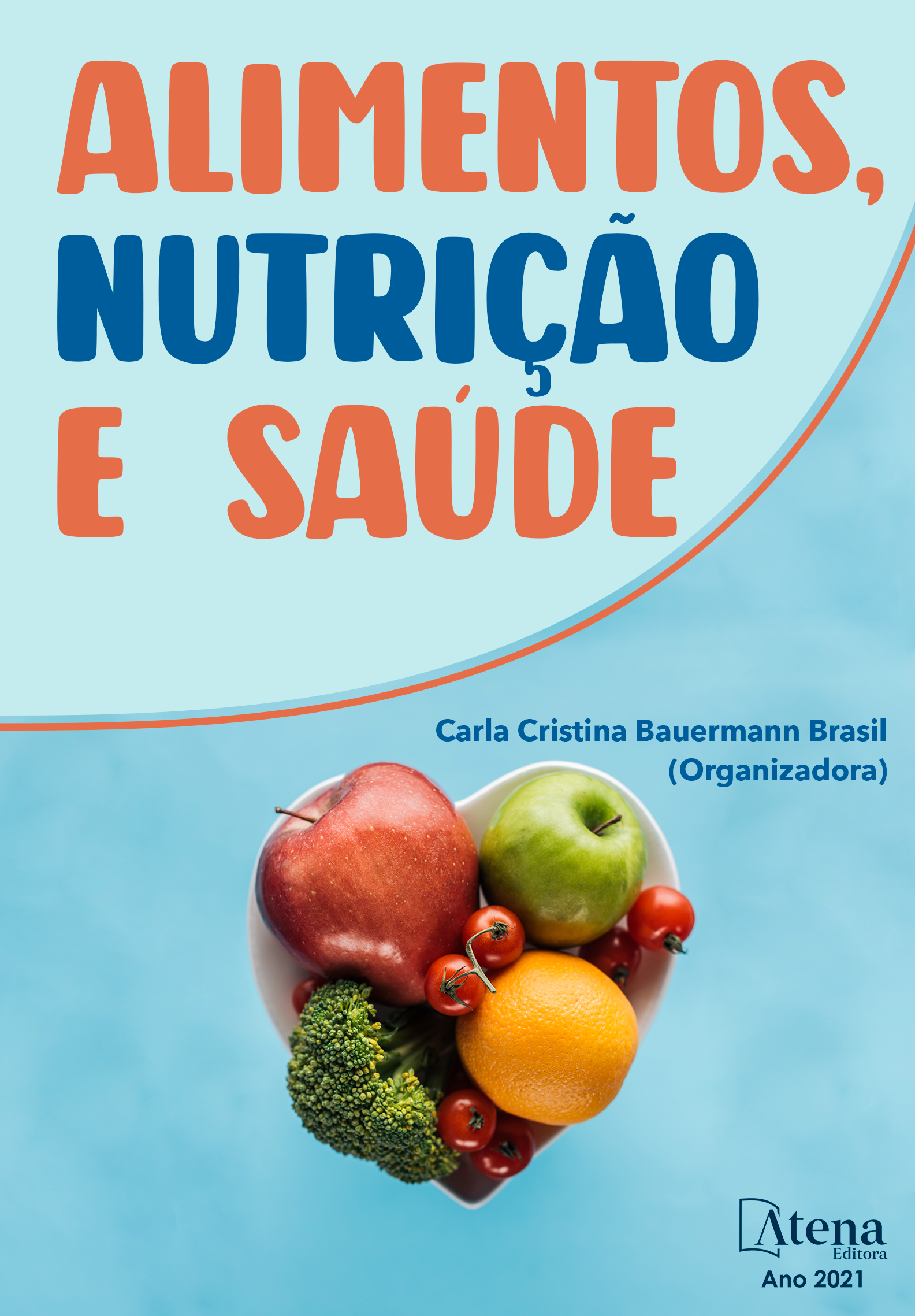
ESTADO NUTRICIONAL E CONSUMO ALIMENTAR DE ESTUDANTES DE NUTRIÇÃO INGRESSANTES E CONCLUINTES DE UMA INSTITUIÇÃO DE ENSINO SUPERIOR EM VÁRZEA GRANDE-MT, 2019
Introdução: O Brasil vem passando nas últimas décadas por uma transição nutricional, onde se nota a redução da prevalência da desnutrição e aumento da obesidade, a mudança do padrão alimentar brasileiro e a redução da prática de exercício físico são componentes desta transição. O consumo alimentar da população está associado a hábitos alimentares menos saudáveis e a desequilíbrios nutricionais e é durante a transição do ensino médio para a faculdade que ocorre uma mudança radical em vários sentidos, incluindo a alimentação. Com a nova rotina diária, os estudantes passam a buscar alternativas práticas e rápidas para alimentar-se. Objetivo: Avaliar o consumo alimentar e as escolhas alimentares em conjunto com o estado nutricional de alunos ingressantes e concluintes do curso de nutrição de uma instituição privada de ensino superior, Centro Universitário de Várzea Grande- UNIVAG. Materiais e métodos: Participaram da pesquisa, universitários do curso de nutrição de ambos os sexos, maiores de 18 anos, ingressantes e concluintes. Foi avaliado o estado nutricional segundo o IMC e o consumo alimentar pelo marcador de consumo alimentar do sistema de vigilância alimentar e nutricional do Ministério da Saúde por meio de entrevista. Resultados: De acordo com o IMC 71% dos ingressantes (n=23) foram classificados em eutrofia, 19,4% excesso de peso e 9,7% magreza, os concluintes (n=31) 52,2% excesso de peso, 43,5% eutrofia e 4,3% magreza. Em relação ao consumo alimentar os ingressantes apresentaram um ótimo consumo em feijão e leite ou iogurte, os concluintes apresentaram ótimo consumo em feijão e salada crua referente aos alimentos saudáveis, ambos os grupos apresentaram baixo consumo em alimentos não saudáveis. Conclusão: Observamos que os alunos concluintes após receberem informações sobre alimentação e nutrição ao longo da graduação, não demonstrou melhores resultados tanto para o estado nutricional como para o consumo alimentar em relação aos ingressantes.
ESTADO NUTRICIONAL E CONSUMO ALIMENTAR DE ESTUDANTES DE NUTRIÇÃO INGRESSANTES E CONCLUINTES DE UMA INSTITUIÇÃO DE ENSINO SUPERIOR EM VÁRZEA GRANDE-MT, 2019
-
DOI: 10.22533/at.ed.05121200827
-
Palavras-chave: estado nutricional; consumo alimentar; estudantes
-
Keywords: food consumption; students; nutritious state
-
Abstract:
Introduction: Brazil has been under the last decades by a nutritional transition, where the reduction of the prevalence of malnutrition and increase of obesity is noted, changing brazilian food standard and reducing physical exercise practice are components of this transition. The population's dietary intake is associated with less healthy eating habits and nutritional imbalances and it is during the transition from high school to college that there is a change radical in several senses, including food. With the new daily routine, students begin to seek practical and fast alternatives to feed. Objective: To evaluate food intake and food choices in conjunction with the nutritional status of students entering and graduating from the nutrition course of a private institution, Várzea Grande University Center- UNIVAG. Materials and methods: The participants of the research were university students of the nutrition course of both sexes, over 18 years of age, nutritional status was assessed according to BMI and food intake by the food consumption marker of the Food and Nutrition Surveillance System of the Ministry of Health through interviews. Results: According to BMI, 71% of the freshmen (n=23) were classified as eutrophy, 19.4% overweight and 9.7% thinness, the graduates (n=31) 52.2% overweight, 43.5% eutrophy and 4.3% thinness. Regarding food consumption, the freshmen had a great consumption in beans and milk or yogurt, the graduates presented excellent consumption in beans and raw salad related to healthy foods, both groups had low consumption in unhealthy foods. Conclusion: We observed that students graduating after receiving food information and nutrition throughout graduation, did not show better results both for nutritional status and for food intake in relation to freshmen.
-
Número de páginas: 15
- Crislaine Souza Neves de Lara Pinto
- Arieli Almeida Lara
- Gessica Bernades Jacob Mendonça
- Vanessa Benedita Arruda
- Eliana Santini


